German Reich postage stamps year 1934 Saar Restoration used set
German Reich postage stamps from 1933 to 1945, also known as the Third Reich period, were heavily influenced by Nazi propaganda. These stamps served as a means to promote Hitler, German military and social organizations, and German nationalism.
General Characteristics:
- Propaganda: The Nazi Party recognized that stamps were an excellent way to spread propaganda, leading to a significant increase in philatelic materials with pro-German and pro-Nazi themes.
- Design: Stamps featured Nazi symbols such as the Reichsadler (Imperial Eagle) and swastikas. The “Hitler head stamp” became common.
- Inscription Change: In the last year of the war, the stamp inscription changed from “Deutsches Reich” to “Grossdeutsches Reich” (Greater German Empire).
- Philatelic Materials: A large variety of semi postal stamps were issued during this time.
Key Stamps and Issues:
- Frederick the Great: Stamps issued in 1933 commemorating Frederick the Great for Potsdam Day3.
- Nazi Party Congress: Stamps marking Nazi party rallies, the first of which was issued in 1934, depicted the Nurenberg castle with a swastika.
- Saar Plebiscite: A set of two stamps issued in 1934 for the vote on whether the Saar should return to German control3.
- Hindenburg Issues: Stamps featured President Paul von Hindenburg. A mourning issue with black borders was released in 1934.
- Zeppelin Stamps: Stamps with Zeppelin designs were also issued.
World War II Occupations:
- During World War II, German authorities issued stamps in occupied territories, including Albania, Alsace, Belgium, Channel Islands, and parts of France, among others.
The Third Reich stamps are divided into two sections, 1933-1939 and 1940-1945, for easier collection and study. They are collected for their historical significance as artefact’s of Nazi Germany


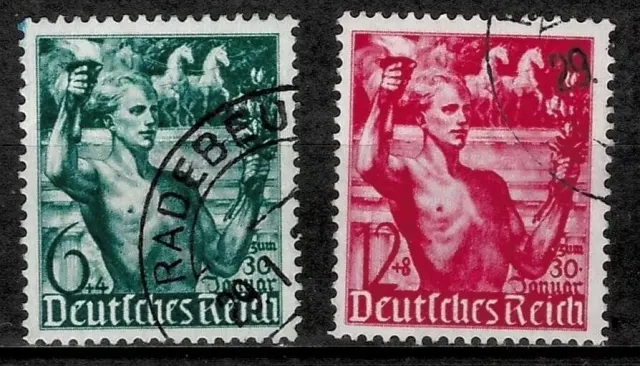

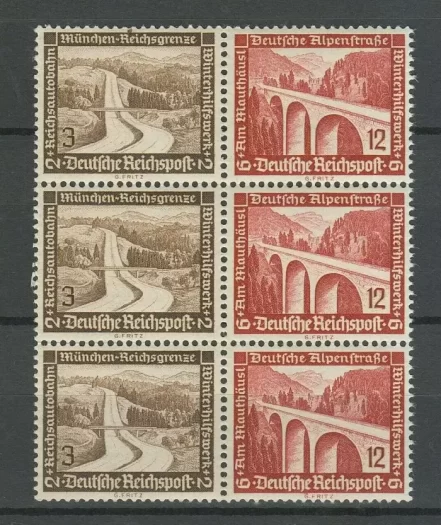
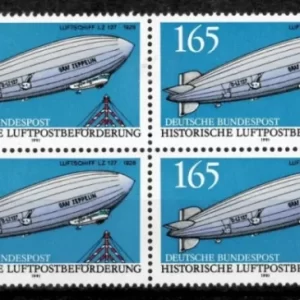
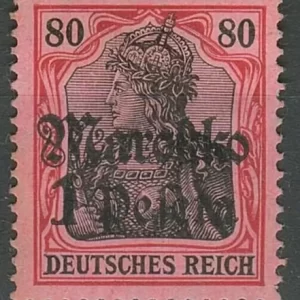
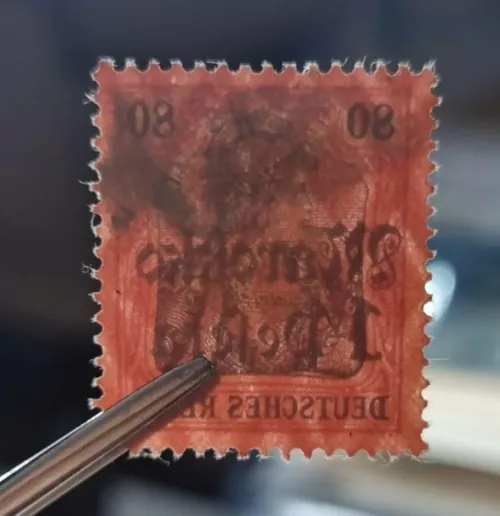


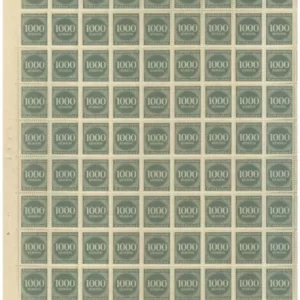
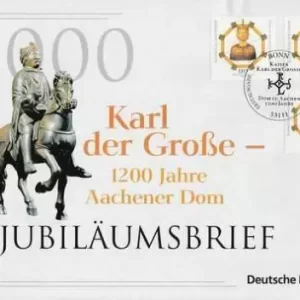
Reviews
There are no reviews yet.